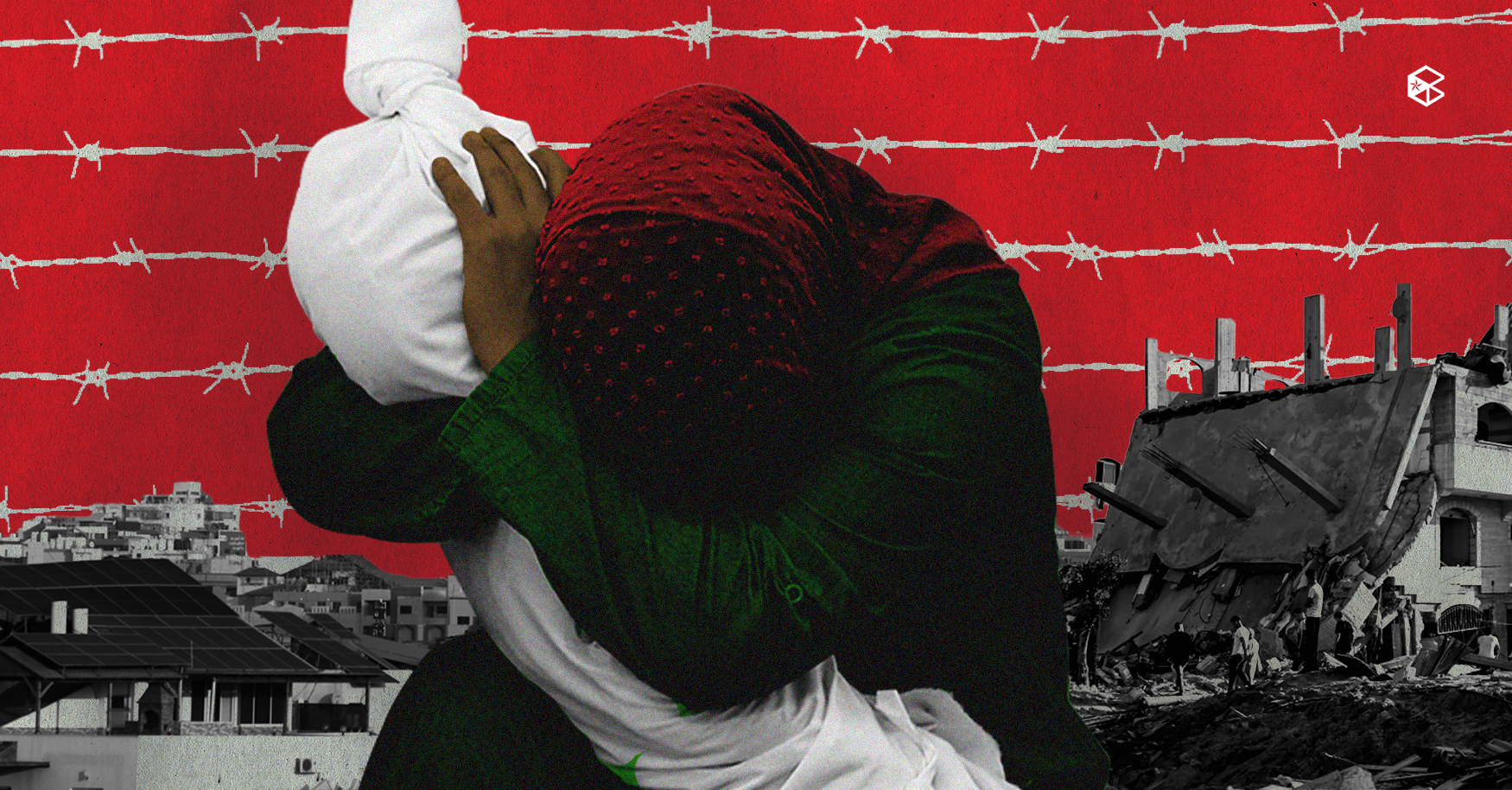Palestinian militant group Hamas launched a surprise attack in Southern Israel, killing more than 1,400 Israelis and taking hundreds more as hostages on Oct. 7. Since then, the longstanding conflict between Israel and Palestine has been at its worst in several decades.
Hamas is an Islamist militant group and one of the biggest political parties in the Palestinian territory. It took control of Gaza in 2006 after it won the election against its rival political party, the Fatah. As a Palestinian nationalist group, Hamas strongly demands that it cease Israel’s occupation of the Palestinian territories. Since 2007, Israel has imposed a land, sea, and air blockade on Gaza in order to “safeguard the country from Hamas’ attacks.”
On Oct. 7, the militant group crossed the borders of Gaza and ambushed portions of Israel territory, slaughtering 1,400 civilians, kidnapping over 200 more as hostages, and catching Israeli soldiers off guard. Later on, the Israeli government formally declared war against Hamas.
In a televised address to the Israeli people, Prime Minister Benjamin Nettanyahu pledged that “[w]e will crush and destroy [Hamas].” Israel then began conducting numerous airstrikes, displacing more than 300,000 residents in Gaza. On Oct. 13, the Israeli Defense Forces warned 1.1 million Palestinians to evacuate their homes and move to the south within 24 hours. On Oct. 17, the Al-Ahli Baptist in Gaza was bombed which resulted in 471 people dead and another 314 injured—most of the victims were women and children. Palestinian officials accused Israel of attacking the hospital, but the latter claimed that it was the doing of another group, the Islamist Jihad. As of Oct. 23, at least 5,000 people in Gaza have been killed as a result of Israeli attacks while Hamas’ strikes in Israel have killed over 1,400.
A long-standing history
This is not the first time Israelis and Palestinians were at odds. Their violence-ridden dynamic dates back to when Great Britain signed the Balfour Declaration in 1917 which proclaimed that Palestine was to be a “national home for the Jewish people.” 30 years later, the UN General Assembly passed a resolution to divide Palestine into two states, one for Palestinians and one for Israelites. This was rejected by the Arab community, who argued that it was unfair to their people.
In May 1948, Israel’s independence was declared and the first Arab-Israeli war began. Israel prevailed and was able to retain the territory granted to them by the UN as well as capture portions of Palestinian land. As a result, 13,000 Palestinians were killed and over 700,000 were forced out of their homes. This marked the “Nakba” or catastrophe, a holiday that is commemorated by Palestinians. From then on, wars were fought between the two sides and the recent events in October 2023 marked a sharp escalation in fighting.
The conflict between Israel and Palestine has been at its most intense in several decades. The renewed attention in the situation prompted UN Secretary-General António Guterres to condemn the actions of both Hamas and Israel. In their attempt to intervene, the UN Security Council failed to pass two resolutions that would have called for a ceasefire and “humanitarian pauses” to deliver the necessary aid to civilians in Gaza. However, on Oct. 19, US President Joe Biden announced that 20 trucks carrying humanitarian aid are set to enter Gaza.
Despite the efforts of the international community, multiple news agencies report that a ground invasion by Israeli forces may happen soon, worsening the humanitarian crisis within Gaza.


